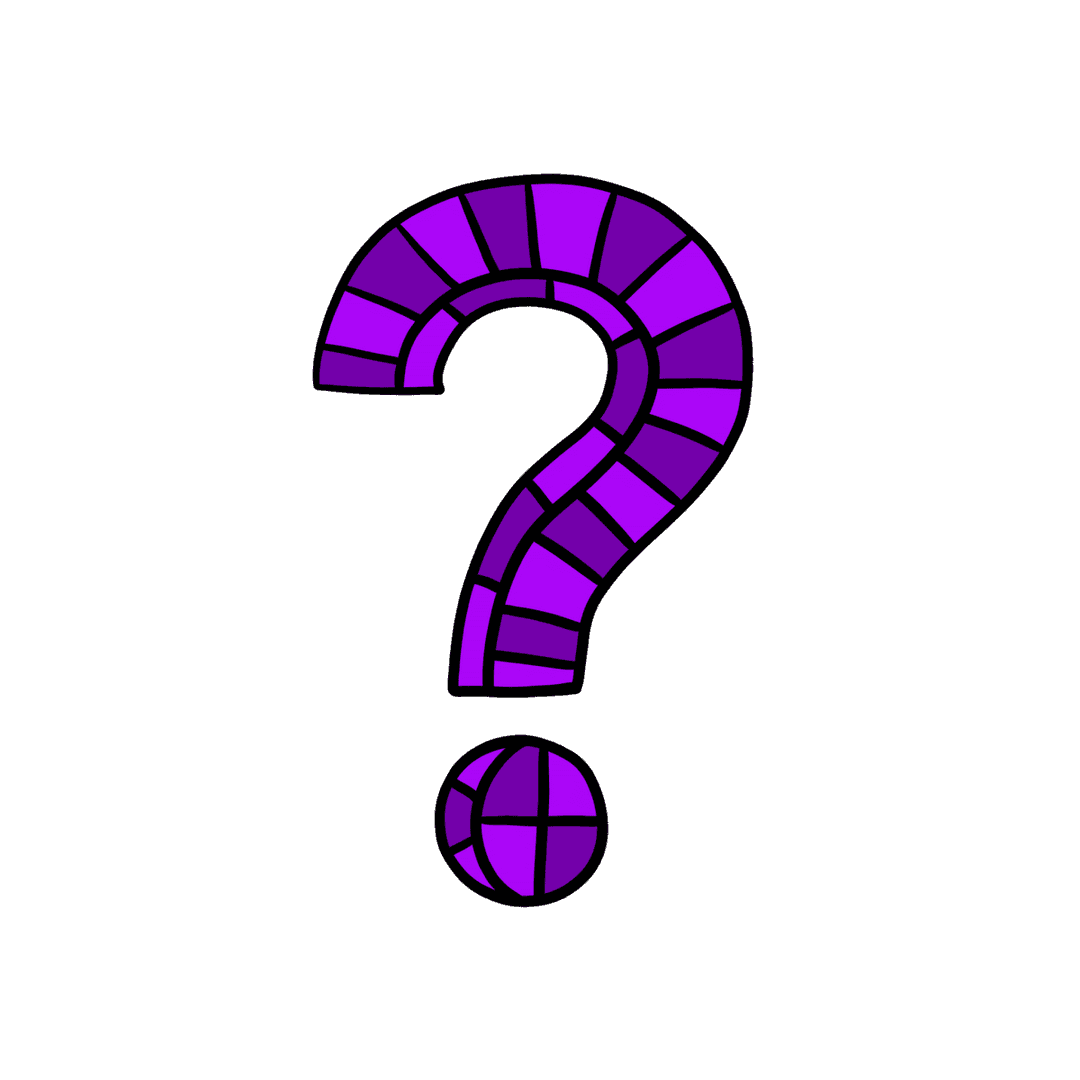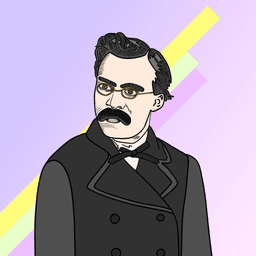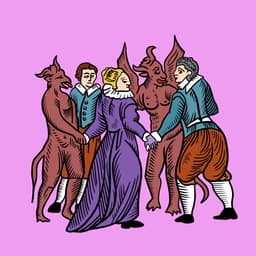Viel vs. Viele

Use "viel" when (in English) you would use "much" or "a lot". Use "viele" when you want to say "many" or "multiple".
German learners often aren't sure when to use "viel" and when to use "viele".
Consider this dialogue:
The good news is this: there is a pattern and the difference between viel & viele can easily be explained in a couple of paragraphs.
Simply put: you will want to use viele whenever you would say "many" in English. You will want to use "viel", whenever you would want to use "much" or "a lot".
Difference between viel & viele
Viele
If you'd like to get a bit more technical about this, keep on reading.
What's important to understand here is that "viele" is an adjective and "viel" is an adverb. What's the difference? Well, adjectives describe nouns. Adverbs describe adjectives.
Männer & Freunde are nouns & the adjective "viele" describes these nouns.
Viel
Now, an adverb describes an adjective, not a noun.
In these sentences, "viel" does not directly describe "die Männer" or "die Freunde":
In each case here, "viel" modifies the verb (lachen, tanzen): They're dancing a lot.
Now you might a




